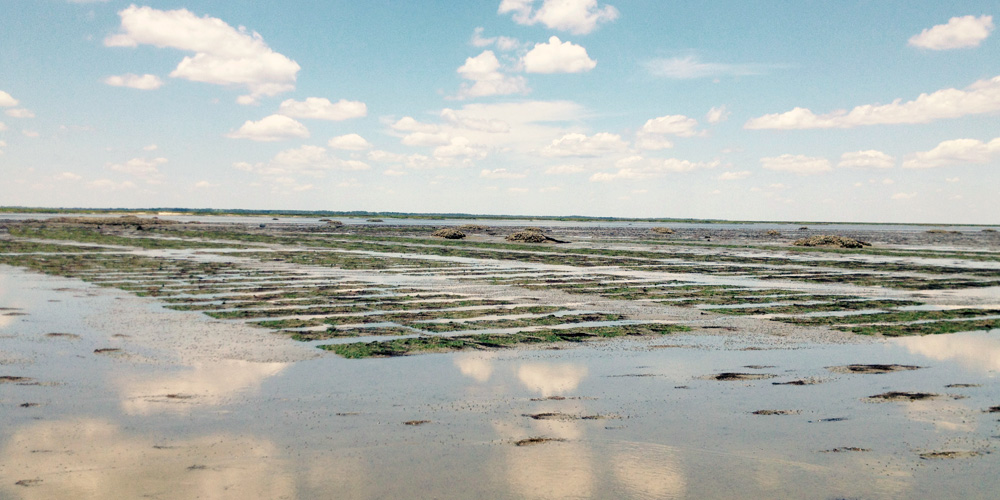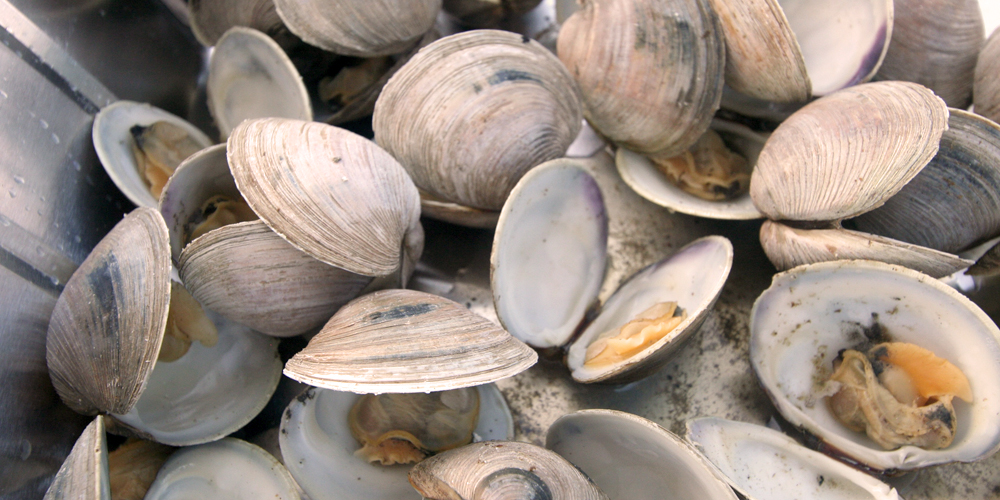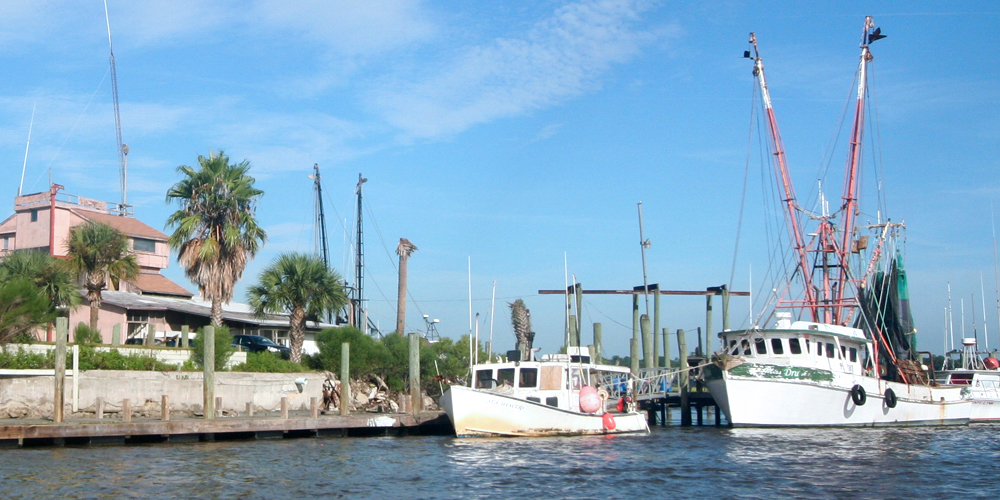The unique waters around Georgia’s Sapelo Island are perfect for growing shellfish.
Sapelo Sea Farms grows clams and oysters in theses waters, where high tides and clean water result in sweet, succulent clams and perfectly salted oysters. With some of the largest tides on the Southeastern coast, averaging seven feet, and more than 30 percent of all of the east coast marsh helping filter and clean the water – Georgia’s ecosystem is ideal for growing and sustaining healthy fisheries.
Sapelo Sea Farms
Sapelo Sea Farms is the oldest clam farm in Georgia, established in 1997, and provides clams to businesses from Canada to South Florida along the Eastern seaboard, including New York.
Growing shellfish doesn’t involve pesticides, herbicides or growth hormones. In fact, shellfish clean the water as they filter out algae to grow. Starting the size of a field pea, Sapelo Sea Farms clams are grown in mesh bags on mud flats in waters adjacent to Sapelo Island and grow for almost two years before being harvested.
Sapelo Sea Farms produces clams and oysters while also working on other shellfish aquaculture species with The University of Georgia Marine Extension and the Department of Natural Resources. Our goal is to deliver seafood to you that is delicious, healthy and sustainable.
Meet Captain Phillips
Captain Charlie Phillips began his career by running his first shrimp boat at the age of 17. An old wise shrimp captain once told Charlie, “don’t stay on that shrimp boat, it will get in your blood and you will never be able to stop”. He was right. Charlie is the co-founder and current owner of Sapelo Sea Farms which grows clams and harvests wild oysters. He has spent his entire life near or on the water.
For over 40 years, shrimping, fishing, running a dock, or growing shellfish has been in his blood. Charlie believes you cannot do this kind of work without caring how things are done and how it affects people. He works everyday to provide delicious, healthy, sustainable shellfish and protect the waters in which it grows.







